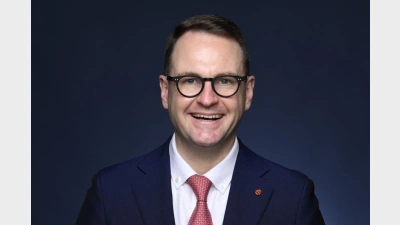Middle income retirees stuck in ‘taper rate trap’


Middle-income retirees are caught in a “taper rate trap” as it encourages them to spend their savings quickly and risk living on the Age Pension, according to the Actuaries Institute.
A dialogue paper prepared for the institute said without suitable retirement income products that provided longevity risk protection, if retirees did spend their savings quickly, they risked running out of money.
With the taper rate more than double what they were in 2017, as the super system matured and balances grew, more retirees were expected to lose more of the Age Pension, the institute said.
“…for those caught in the middle, they are likely to be eligible for a part Age Pension for a substantial portion of their retirement and thus be subjected to the means tests,” it said.
"If the retiree draws down and spends the minimum amount each year, the annual taper rate would need to be close to $39 for the retiree to receive total additional retirement payments higher than the accumulated reduction in the person's net take home pay.
With the taper rate at $78, the retiree could be as much as $40,000 worse off. In other words, the more they save, the worse off they are.”
The paper said as balances grew it became more important for retirees to understand how to maximise their superannuation to improve retirement outcomes, spend appropriate amounts to ensure a good standard of living and safely draw down while being mindful of longevity risks.
Member of the institute’s public policy council committee, Andrew Boal, said all Australians but especially those with between $300,000 to $800,000 in retirement savings needed:
- Encouragement to acquire longevity protection to give them confidence to spend more in retirement, to live a better life;
- A more equitable taper rate that does not unduly encourage retirees to spend their savings too quickly; and
- Low cost access to financial information and advice to help them make better decisions because the retirement landscape is complex, and the average retiree is unable to navigate good outcomes.
Recommended for you
Future Group is set to take on nearly $1 billion in funds under management (FUM) and welcome more than 100,000 new members following two significant successor fund transfers.
Insignia’s Master Trust business suffered a 1.9 per cent dip in FUA in the third quarter, amid total net outflows of $1.8 billion.
While the Liberal senator has accused super funds of locking everyday Australians out of the housing market, industry advocates say the Coalition’s policy would only push home ownership further out of reach.
Australia’s largest superannuation fund has confirmed all members who had funds stolen during the recent cyber fraud crime have been reimbursed.












